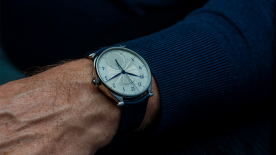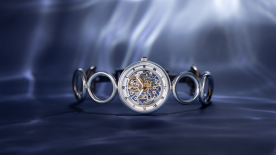Chips with Everything
No list of material innovations would be complete without silicon. The same material is used in microprocessors, where it has proved its ability to be formed at scales measured in nanometres. Silicon is produced using clean room manufacturing technology pioneered by Sigatec, a subsidiary of Ulysse Nardin. The components are marked out and the excess material dissolved, revealing a part shaped to order with multiple levels. Silicon is non-magnetic, light, flexible and endowed reduced friction properties, as well as presenting elastic properties insensitive to temperature variations when coated in a layer of silicon dioxide. The acclaimed Swiss Center for Electronics and Microtechnology (CSEM) research institute holds a patent for it, to which Patek Philippe, Rolex, and the Swatch Group contributed, giving them access to springs, pallet levers and escape wheels with a proprietary composition that boasts every conceivable virtue – apart from being artisanally produced. LIGA, a similar technology based on a nickel-phosphorus alloy, allows components with very complex architectures to be 3D printed all in one piece.
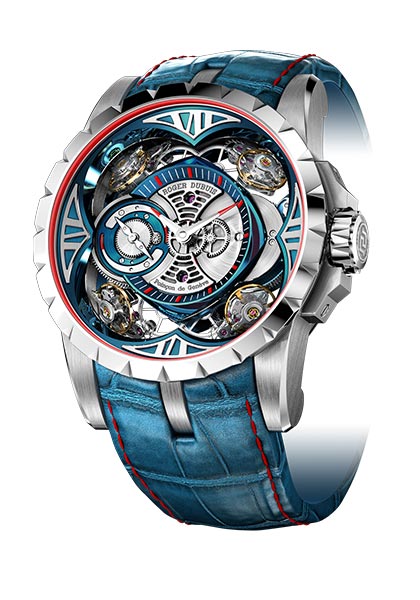
Stones
Alongside complex methods, watches also regained a taste for natural materials. Hard stone dials had been abandoned before Piaget rediscovered its 1960s heritage; both Audemars Piguet and Jaquet Droz went on to give a new lease of life to onyx, lapis lazuli, malachite, and tiger’s eye.
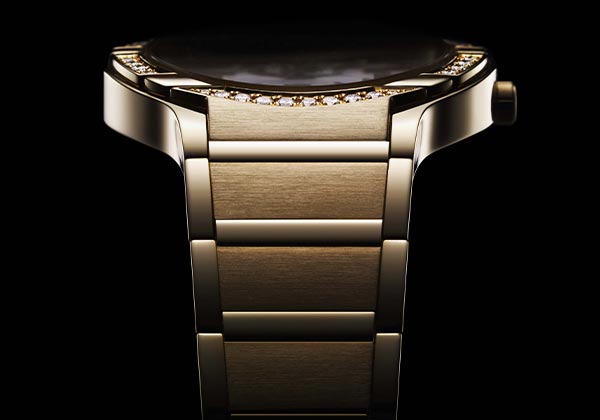
Seeking diversity, jewelled watches also turned to more colourful stones, even as amethyst, Paraiba tourmaline, garnet, spinel and sapphires of all colours of the rainbow became widespread in jewellery. Sapphires in particular, all the more so the synthetic ones, have certainly turned out to offer an amazing breadth of variety.

Purity
Unlike gemstone sapphire, corundum (the scientific term for sapphire crystal) is completely transparent when perfectly pure. Used for watch crystals since the 1980s, it was later enlisted for casebacks as they became windows through which to show off movements. Its extreme hardness protects it against virtually all scratches. It was used back in the 1990s by Alain Silberstein and Vincent Calabrese for a few completely transparent cases, as well as by Audemars Piguet and Christophe Claret for plates and bridges.
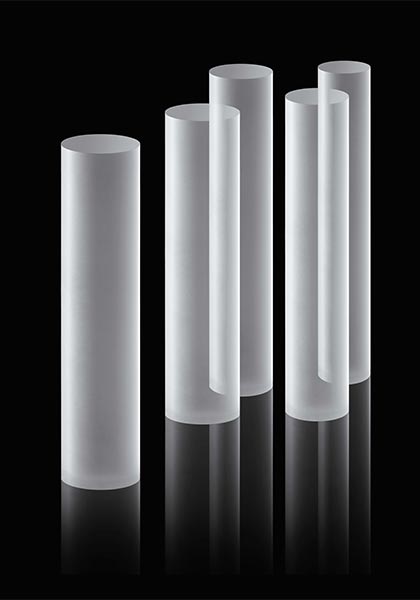
But it took Richard Mille and his RM 056, with its crazily complex, wholly transparent case (and a crazy price to match) to achieve the full potential of this crystal. Thereafter, the solid sapphire case was the height of sophistication, technical prowess and luxury – even more so when tinted. Housing some of the most complex movements ever, it has achieved the status of the noblest showcase to be found anywhere in watchmaking.
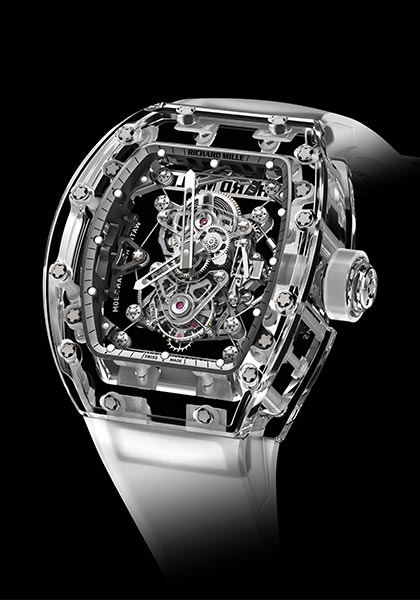
Discourse
The success of all these approaches is not just down to their technical qualities. The best of materials is nothing unless it is properly highlighted, or accompanied by the appeal of a unique design. New materials can emerge only if they are backed by a message focusing on performance and above all on style.

It’s thanks to enhanced brand narratives and the compelling power of visuals that ceramics, sapphire, PVD and silicon have emerged from obscurity. Devoid of such realities, technical prowess for its own sake leads precisely nowhere.
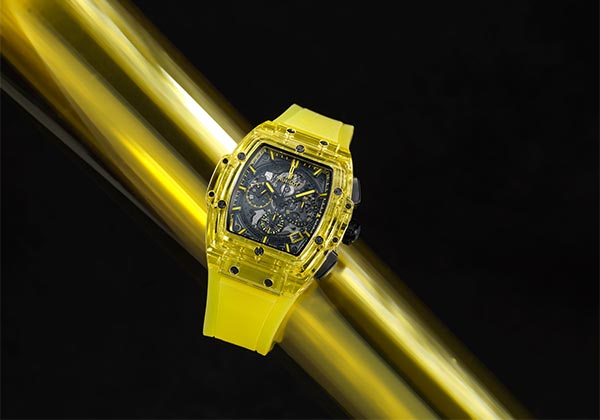
*On the occasion of GMT Magazine and WorldTempus' 20th anniversary, we have embarked on the ambitious project of summarising the last 20 years in watchmaking in The Millennium Watch Book, a big, beautifully laid out coffee table book. This article is an extract. The Millennium Watch Book is available on www.the-watch-book.com, in French and English, with a 10% discount if you use the following code: WT2021.








